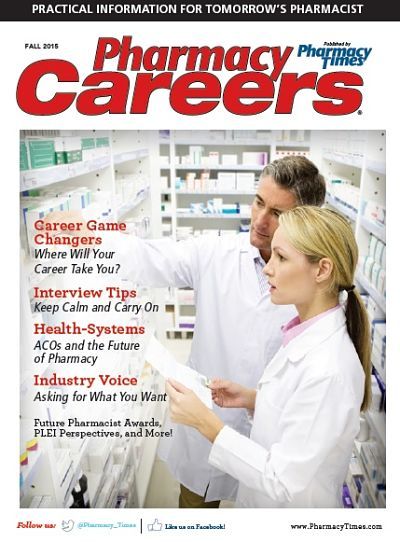Publication
Article
Pharmacy Careers
Meds to Beds Program Provides More Opportunities for Patient Counseling
Author(s):
Mail, pizza, now medicine: Some health care systems are allowing patients to get their discharge medication delivered while they are still in the hospital.
Mail, pizza, now medicine: Some health care systems are allowing patients to get their discharge medication delivered while they are still in the hospital.

Hayley Hodgson, a University of Georgia College of Pharmacy student, completed a rotation at GR Health Pharmacy and was able to work in their Meds to Beds program. The Augusta, Georgia, pharmacy is an outpatient retail pharmacy located within the Georgia Regents Medical Center.
Hodgson’s main focus was on patient education and medication counseling, under the supervision of a pharmacist. Hodgson said she believes the program allows for more quality time with patients to make sure their medications are safe and effective for them.
“When we deliver medications to patients’ bedsides immediately prior to discharge, patients seem more willing to listen and learn about their medications than when they are at a retail pharmacy in the community,” Hodgson told Pharmacy Careers.
Building Relationships
Pharmacists and patients can build relationships and a sense of trust, which can lead patients to feel relaxed enough to ask questions about how and why they need to take their medications.
“By giving patients this information, they seem more comfortable taking their medications, and we hope this will improve medication adherence,” Hodgson said. “We also hope that taking the time to counsel these patients will give them the incentive to refill their medications and make follow-up appointments with their physicians.”
From Hodgson’s perspective, the medical center’s reaction to the Meds to Beds program has been positive. Physicians and nurses like the program for 2 main reasons: it is convenient for them and it benefits their patients. Pharmacists can either pick up physicians’ hard-copy prescriptions or the physicians can send over an electronic prescription. Physicians and nurses also like seeing that their patients are getting their prescriptions filled, Hodgson noted.
Enrolled patients have also expressed appreciation for the free program. Meds to Beds allows them to head straight home after being discharged instead of waiting in line at a pharmacy.
Increased Communication
Meds to Beds also improves communication between caregivers and prescribers. One challenge that can delay a prescription from being filled is a prior authorization. Because the pharmacy and the hospital are located in the same building, these issues can be resolved quickly, Hodgson said. Pharmacists can page a physician, and together, they can fix the problem before the patient is discharged. Pharmacists can also easily alert physicians if there needs to be a change to a patient’s medication or if another prescription is needed.
“This can be problematic because most patients become aware of these things once they leave and are picking up their medications outside of the hospital,” Hodgson said. “It is much more convenient to have an outpatient pharmacy in the hospital because prescribers can easily access it and its services.”
Quality-Based Care
The Affordable Care Act ushered in a new era of health care that is value-based instead of fee-for-service, and the Meds to Beds program aligns with this new goal, according to Hodgson.
“We hope bedside delivery will improve the Hospital Consumer Assessment of Healthcare Providers and Systems scores and star ratings, while decreasing readmission rates for the hospital,” Hodgson said.
Studies have shown that medication adherence is a critical factor in whether a patient will be readmitted. In addition to making adherence easier for patients through bedside delivery, Meds to Beds pharmacists educate patients on their medications and what they should expect while taking them.







